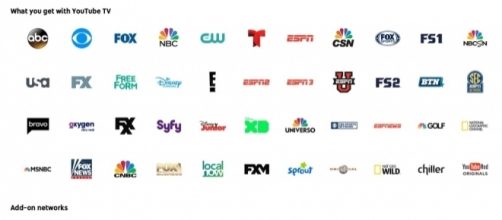When Susan Wojcicki, CEO of the definitive video-sharing website giant YouTube, mentioned in an interview that their videos are able to reach far greater viewers than good old television itself, she wasn’t kidding. It’s getting to the point that media providers now consider YouTube to be an equal to TV networks when it comes to programming distribution. Thus after planning by Google that has spanned up to a year, YouTube finally kicked off its own streaming TV service as an online alternative to cable.
Rise of YouTube TV
It was a with some pride that Google, which owns YouTube under the Alphabet Inc.
umbrella, launched this Sunday, February 26 the long awaited YouTube TV, a streaming service available at $35 monthly, for a wide selection access from a multitude of media broadcasting networks as well as YouTube-original programming. And it’s a lot of stuff to watch; Wojcicki declares that between all the people in the world watching YouTube in a day, that’s roughly a billion hours’ worth of content total. The lion’s share of these views are from younger generations starting at 18 years old, who by that point are increasingly moving away from traditional TV watching and spending more time online.
The initial offering of YouTube TV include programs and shows from 40 different networks, practically fusing the best offerings of ABC, CBS, FOX, and NBC, along with more sporty fare from Bravo, FX, ESPN and Fox Sports.
What’s more, the service is expected to run without hassle anywhere from desktop computers, mobile gadgets to Internet-capable TV. It also boasts an unlimited space DVR for its subscribers. Service is available via the Google Chromecast digital media player, with the YouTube TV app as the “remote control,” able to sift through content by show name or topic.
Up to the challenge
With YouTube TV up and running, Google will now be actively competing against the other stream-TV services in town, in particular, AT&T, Sling TV, and Sony PlayStation Vue. They also have beaten Facebook's TV plans to the race of launching first. It is hoped that this platform, running concurrently with the YouTube Red premium subscription, will finally be able to produce original content that could replicate the awards success of Netflix and Amazon, both of which already have an Oscar-winning fare on their offerings. Unfortunately, international YouTube fans will be out of the loop, as no plans have yet been announced to expand the new service around the globe.

